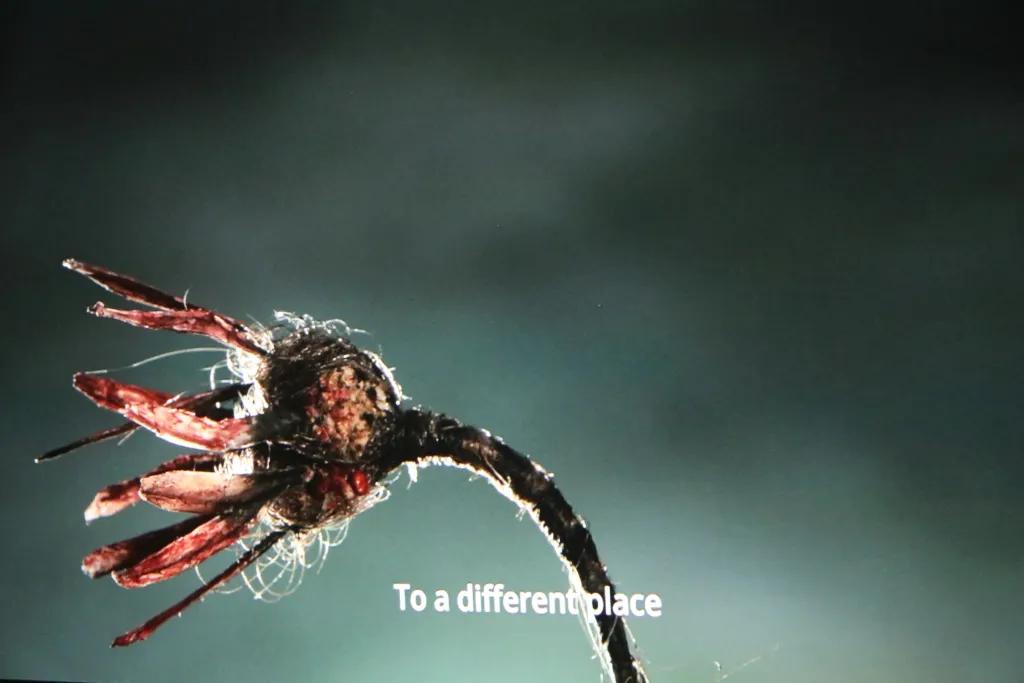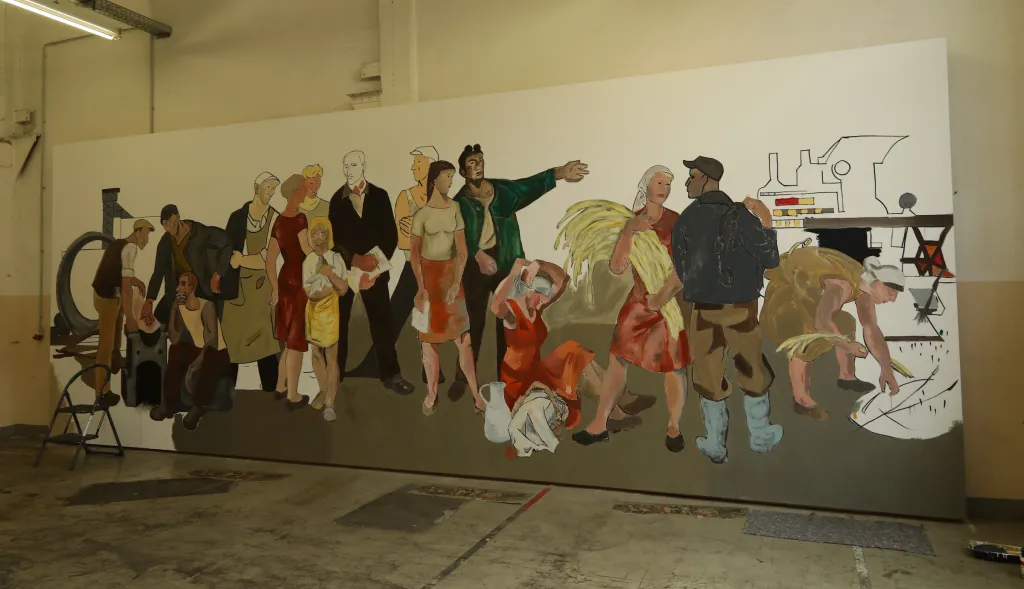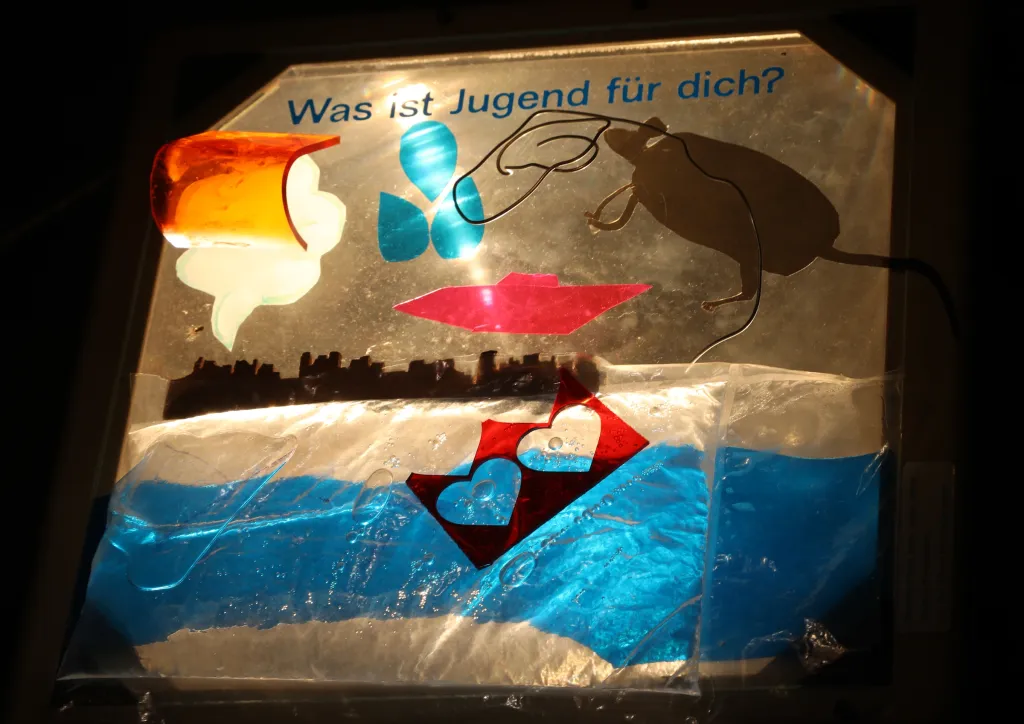Artists in Germany are imagining Eastern Europe future
- Ана Чушкова / Ana Cuskova
- Nov 13, 2024
- 2 min read
The fourth edition of the Pochen Biennale brought together 22 artists to explore the reductive signs and conflict in Ukraine, with a focus on the theme of fire in Chemnitz, Germany. Chemnitz, designated as the European Capital of Culture for 2025, has recently been associated with the far-right movement in German politics, especially after the party Alternative for Germany won in local elections.

In this context, the city provided a suitable place to explore the theme of war and the contemporary Ukrainian art scene through the prism of the fourth PoKhien Biennale, held from September 26 to October 20. The theme of the biennale, Ex Oriente Ignis, or "Fire comes from the East" in Latin, was inspired by the modernist poem from 1920 by Ukrainian writer Mykola Khvylovy, who reframed the Latin saying "Ex oriente lux" as "Ex oriente fumis" to celebrate the industrial revolution following the Russian Revolution of 1917.

In Chemnitz, the theme of fire served as a metaphor for the current state of Eastern Europe, Ukraine, and beyond.


Placed in a city known for its 7-meter high sculpture of Karl Marx, remnants of the communist era, the biennial countered the narrative of "The Eastern State of Mind" related to its nomination for the European Capital of Culture.

The event aimed to challenge the overly simplistic portrayal of the East and highlight its intellectual depth, as noted by Kim Brian Dudek, the project manager of the Pochen Biennale. The exhibition, held in the historic Virchbau, showcased the works of 22 artists from Germany and Eastern Europe, conveying themes of destruction, fear, and war, with a particular focus on the conflict in Ukraine.

The name of the biennial, "Pochen," reflects the history of the city and the German language, combining meanings of striving, rhythmic tapping, and beats similar to the work in nearby uranium mines. The various artistic works showcased at the biennial, from videos to installations, delved into different aspects of conflict, politics, and existential questions, offering deep reflections on the current state of the region and beyond.










Comments